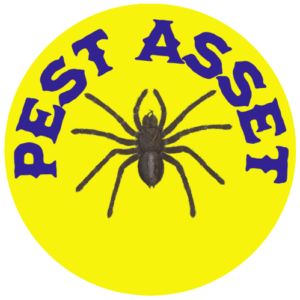Fly Control
Houseflies (Musca domestica) are extremely widespread insects that thrive in proximity to humans. As carriers of various diseases, including E.coli, salmonella, and shigella, it is crucial to keep their populations in check. Understanding their habits and rapid reproductive life cycle can help you effectively eliminate these dangerous pests while minimizing their impact on the environment.
Description of houseflies
The common housefly (Musca domestica) is a small, nonbiting fly that grows to approximately 1/4 to 1/5 inches (6 to 7 mm) long as an adult insect. Often called the filth fly, houseflies are strongly associated with locations containing rotting organic material, animal waste, and garbage. They feed by sponging liquid foods with their proboscis and also consume solid food particles.
Adult houseflies have two functional wings used for flying and two small hindwings called halteres used for balance. They feature four dark, lengthwise stripes on their thorax, giving them a checkered gray appearance. Their abdomen sports a color pattern of light gray or yellow with dark markings. With a large head, red eyes, and very mobile legs and mouthparts, the housefly is equipped to evade threats and seek out food sources.
Life cycle
During warmer months, the average housefly lives for 15 to 30 days. However, some have been recorded living for up to three months when temperatures are optimal. Houseflies mate soon after emerging from their pupal case. Just two or three days afterwards, the female begins laying batches of 75 to 150 pearly white, oval-shaped eggs on decaying organic material, especially animal feces and garbage.
A single female fly may lay 500 to 2,000 eggs in batches over her short adult lifespan. The larvae (maggots) emerge within 12 to 24 hours and almost immediately begin feeding. Housefly maggots develop through three growth stages (instars) over a period of four to seven days before transforming to the pupal stage.
The pupal case hardens to protect the developing fly inside. After five to seven days, the new adult fly will emerge and shortly become capable of reproducing. The entire housefly life cycle takes just seven to ten days under optimal conditions. This allows populations to explode exponentially in just a short period when conditions allow.



Professional fly control services
If you are facing a significant fly infestation, it’s best to seek professional fly control services from Pest Asset. We will conduct a thorough inspection of your property and provide targeted solutions to eliminate flies effectively.
The pest asset approach
The professional pest specialists at Pest Asset employ a systematic approach to ensure the complete removal of flies from your property.
Exclusion: Treating doors, windows, etc. to prevent flies from entering the premises.
Restriction: Practicing good housekeeping to remove potential fly breeding sites.
Destruction: Using appropriate fly control treatments tailored to your circumstances
Monitoring: Regular inspections to identify and address issues early on.
Why choose Pest Asset
Houseflies can pose health risks and become a nuisance in homes. Employing a comprehensive fly control approach, including cultural, chemical, and biological methods, can effectively reduce fly populations. Seeking professional fly control services ensures a thorough and lasting solution to keep your property free from these pests.
Expert Technicians: Our skilled technicians are trained to diagnose and treat fly problems, offering a personalized program for your unique situation
Guaranteed Results: We stand behind our services with a 30-Day Money Back Guarantee, free return visits, to ensure your satisfaction
Personalized Service: Each pest infestation is unique, and we customize our treatments accordingly.
Get Your Quote: Contact us today for a quote and take the first step towards a fly-free propert!

